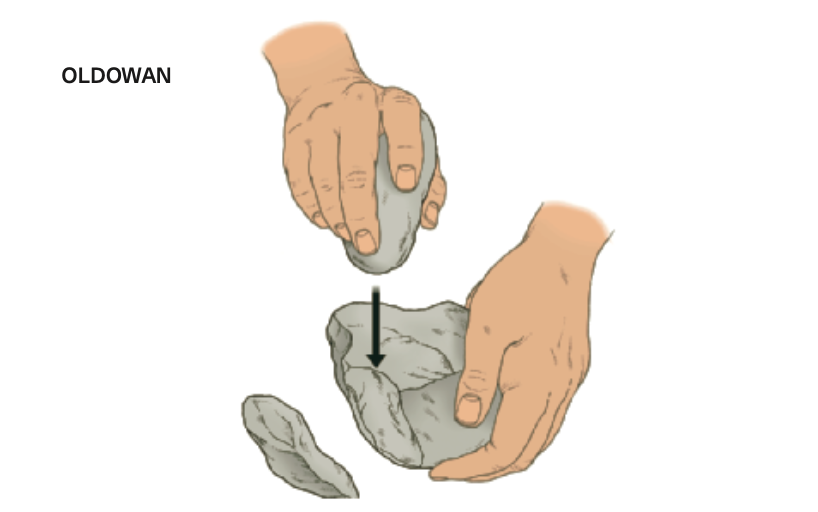Space, at least post-Cold War, is generally associated with the potential scientific discoveries and opportunities that it provides. NASA consistently launches probes and telescopes which are expanding human understanding of space. So then, why are private companies, helmed by some of Earth’s most famous CEOs, building rockets to take themselves and those who can afford a ticket on short range space trips? What scientific purpose are these spacecraft serving? These billionaires would tell you they are pushing the frontiers of space. But they aren’t telling the full story. These commercial trips have not yet produced any type of scientific discovery or insight, and most reactions to these publicized jaunts up to space are negative (Nguyen 2022). And for good reason. Billionaire space travel serves no purpose, instead illustrating the egos of these CEOs and the inherent inequality of capitalism.

This race between Elon Musk, Jeff Bezos, and Richard Branson (Figure 1) is fueled not by genuine scientific curiosity, but by their egos. Each of these three, high powered, public figures has a history of both excessive stunts for public attention and of competition with each other (Kaplan 2021). At the same time, throughout the new “space race,” there have been multiple public, albeit subtle, jabs towards each other. Jeff Bezos tweeted “Welcome to the club,” to Musk after he landed a rocket vertically for the first time, establishing the fact that he had done so first. Musk responded by making it clear that while his rockets had gone into orbit, Bezos’ had only gone to space (Kaplan 2021). Clearly, scientific discovery is not especially top of mind for any of these billionaires. Rather, they are more concerned with publicly winning against each other.

While rich CEOs spend their spare money on space exploration, their employees are struggling with basic workers rights. In the same summer while Bezos, Musk, and Branson were competing over the first to space, the Covid-19 pandemic was ravaging the public and climate catastrophes were happening throughout the world (Silverman 2021). To spend billions of dollars on something as inessential as a short joyride to space while there are so many other deserving causes seems unethical, to say the least. But Bezos took this a step further, taking the time to thank his employees before the launch of his rocket, “because you guys paid for this” (Skinner 2021). Thanking the same people who are struggling to support their families for helping him take a quick trip to space seems dystopian, especially given the allegations of worker mistreatment in Amazon warehouses (Figure 2). Under capitalism, such intense class inequality can not only exist, but be publicly celebrated. Billionaire space travel is largely useless and inaccessible to the majority of the public due to price. It is fueled only by masculine ego, and made possible only through the class inequality created by capitalism.
References:
Guendelsberger, Emily. “Amazon Treats Its Warehouse Workers like Robots: Ex-Employee.” Time, July 18, 2019. https://time.com/5629233/amazon-warehouse-employee-treatment-robots/.
Kaplan, Michael. “Space Race: Inside Ego-Fueled Competition of Bezos, Musk and Branson.” New York Post, June 26, 2021. https://nypost.com/2021/06/26/musk-bezos-and-branson-fueled-by-big-egos-in-space-race/.
Nguyen, Terry. “It’s the Dawn of a New Space Age – at Least for Billionaires.” Vox, February 2, 2022. https://www.vox.com/the-goods/22911159/new-space-age-billionaires-culture.
Silverman, Jacob. “The Billionaire Space Race Is a Tragically Wasteful Ego Contest.” The New Republic, July 9, 2021. https://newrepublic.com/article/162928/richard-branson-jeff-bezos-space-blue-origin.
Skinner, Chloe. “Billionaires, Backlash and the Phallic Symbolism of Space Colonisation.” Countering Backlash, August 2, 2021. https://counteringbacklash.org/billionaires-backlash-and-the-phallic-symbolism-of-space-colonisation/.
Further Reading:


